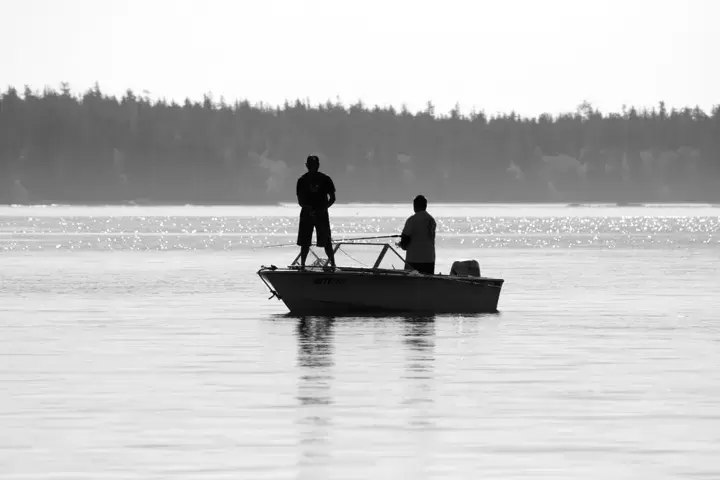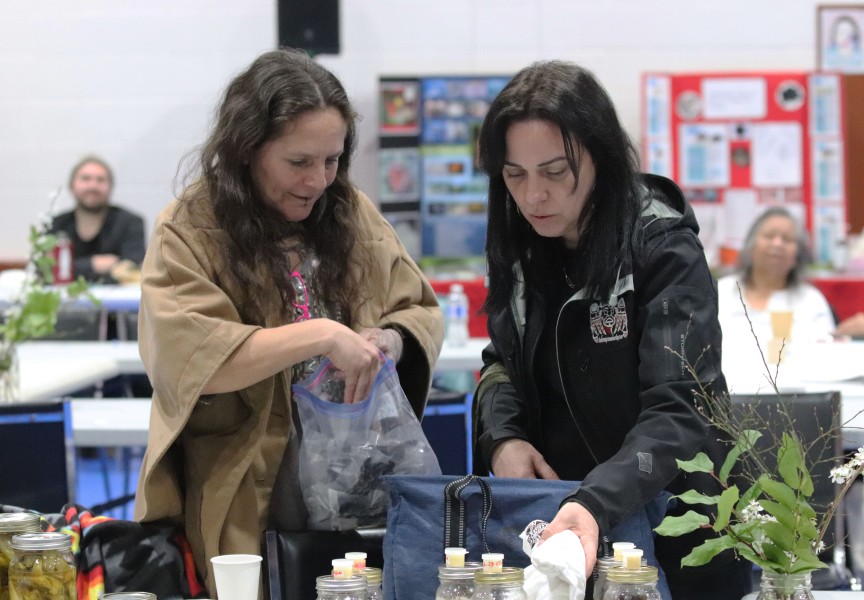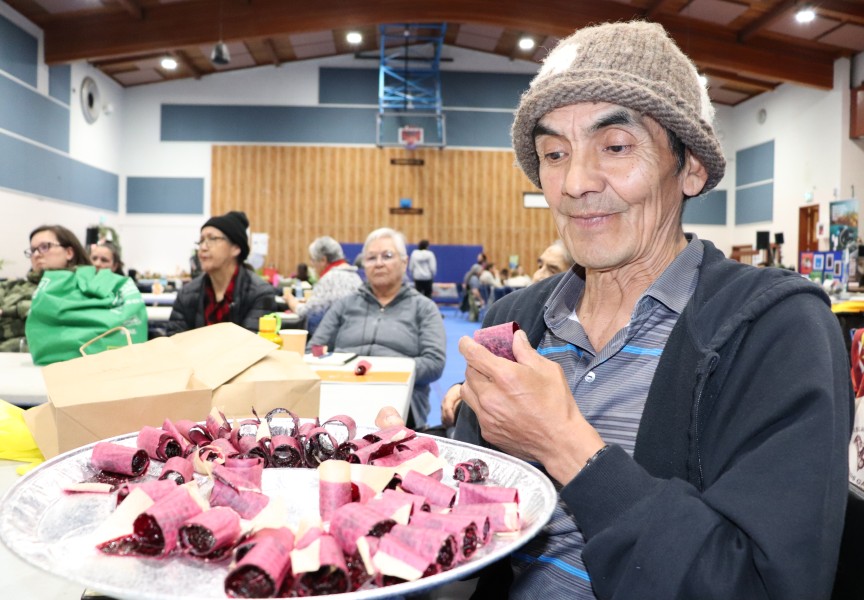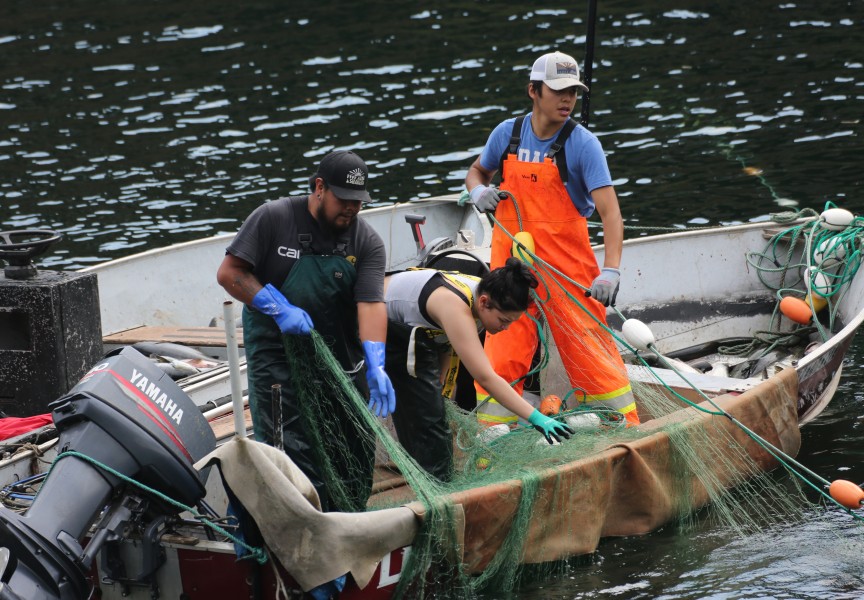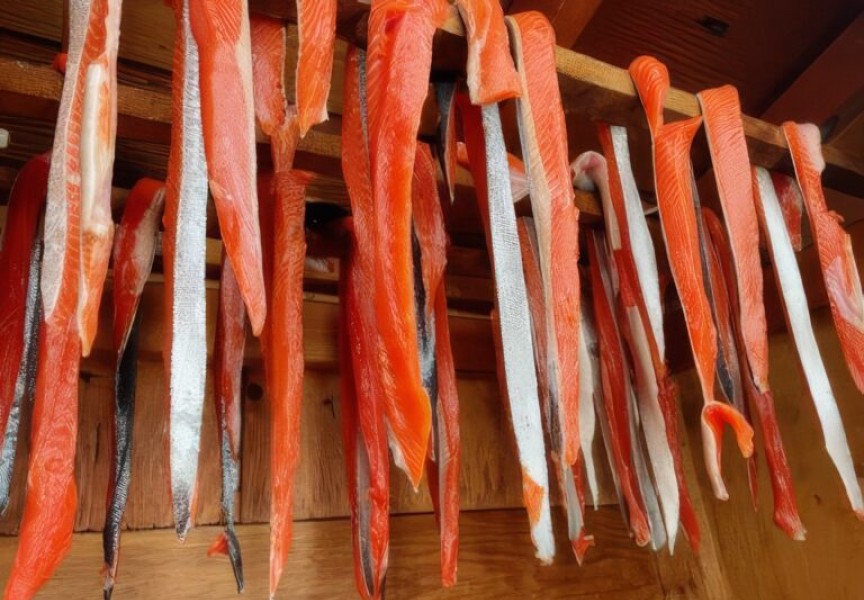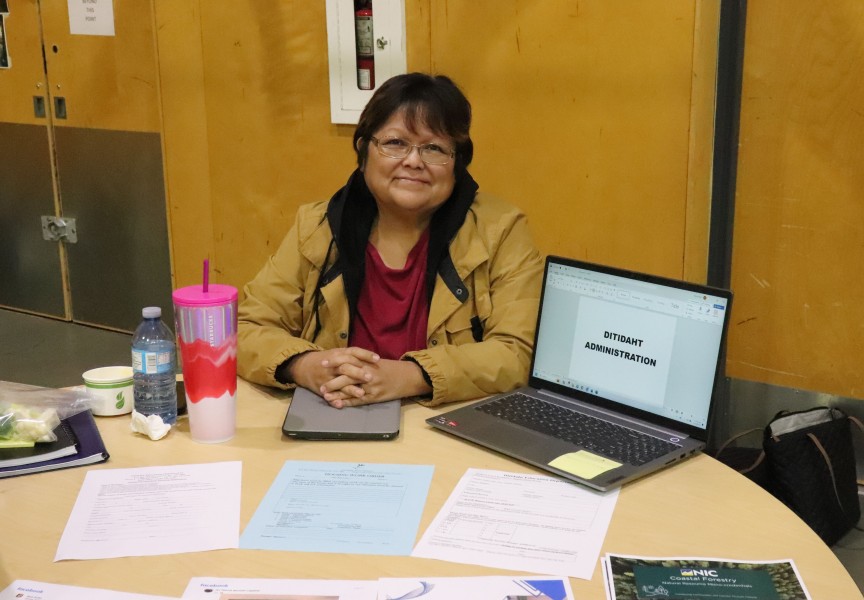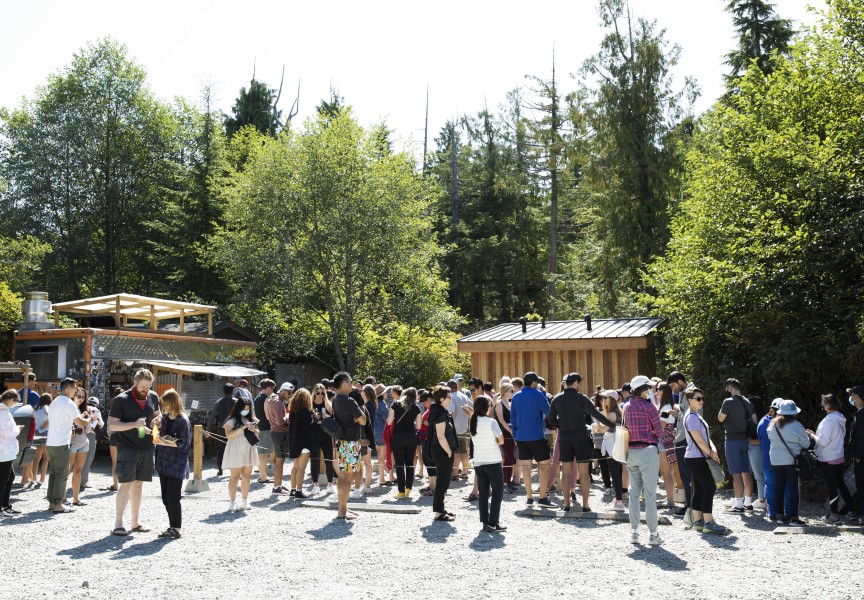First Nations have always had a tradition of good health as a priority in their communities. The health of the land and mental, physical and spiritual health of the people comes as second nature.
This awareness comes from a deep knowledge and spiritual connection to the natural environment. The land was shared as a way to feed each other, to stay warm and happy, with respect for the earth and a trust in the laws of nature.
Being safe and avoiding injury was necessary for the continuance of traditional ways of living like collecting food, hunting, traveling and harvesting natural resources.
“First Nations people have always had an incredible understanding of themselves, their health and their place in the world. Living wisely with good health is something we have always done, and we are often reaching back into our ancestral knowledge – our traditional ways of being and knowing – to reaffirm how we can live healthier lives today and tomorrow,” said Dr. Evan Adams, the Aboriginal Physician Advisor to the BC Provincial Health Officer.
“The generation before us hardly interacted with the health care system–often only just near the end of life. If the entire health care system disappeared today, we would still be taking care of each other, and we are taking care of each other. It was said that all we have to do in life is to go out and help the people.”
The statistics today show what many First Nations already know. Preventable accidents impact a high number of communities and families.
Rural and urban living both have unique challenges. Something as simple as crossing the street can be dangerous in the big city, whereas rural people deal with the issues related to remote and isolated living.
Many preventable injuries in 2012 are still related to traditional and respected cultural activities like hunting, boating, hiking and dealing with wildlife.
Today, First Nations people are also influenced by new risk factors that all community members need to be aware of. Some frequently noted preventable accidents include chemical safety, intoxication, motor vehicle safety and forms of violence.
It has been shown that up to90 per cent of injuries are predictable and preventable with a little bit of mindfulness. This can be as simple as wearing a seatbelt while traveling in a motor vehicle, boat or ATV.
“Injuries are one of the leading, preventable causes of death, hospitalization, and disability among Aboriginal peoples in BC. The leading cause being motor vehicle crashes,” said Dr. Adams.
“We need to develop a strategy to support better health and longevity for First Nations by enhancing surveillance, skills, knowledge, community capacity, and support the area of injury prevention.”
The interim First Nations Health Authority (iFNHA) is encouraging BC First Nations to take control of their health messaging. The ‘Safer Nations – Injury Prevention’ 2012 Video contest is offering up $10,000 in prizes as well as provincial recognition in creating video messages that create awareness on injury prevention. The deadline for entries is April 27, 2012 and videos will be judged by a panel at the Gathering Wisdom V forum in Vancouver in May 2012. The contest is encouraging all First Nations film-makers, from the pro’s to the amateur camera phone directors to enter.
In line with BC First Nation communities taking control of their health needs, the iFNHA is continually working to elevate the health of their people in an organization created by and working for them. Over the last number of years the First Nations Health Society (FNHS) has been diligently working under the guidance of Chiefs, Health Directors and First Nations communities in collaboration with Provincial and Federal partners.
Many important developments have taken place including the establishment of the First Nations Health Council and Health Directors Association, as well as the achievement of a number of enabling agreements with BC and Canada. Along with other political and technical changes, the FNHS recently changed their name to the interim First Nations Health Authority.
The interim period gives the organization a chance to make necessary internal changes as well as to seek out the guidance of BC First Nations in the establishment of a permanent First Nations Health Authority, creating a unique and exciting opportunity for First Nations in BC.
As things progress during the interim phase, consultation, input and collective decision making is the path being pursued while regional First Nations meet and collaborate on the formation of their governance structure.
Through advice gained from other Aboriginal peoples in places like Alaska and New Zealand who have already progressed through their own health care self-governance, BC First Nations can set the stage for other aboriginal populations across Canada and even around the globe in operating a new innovative and successful health care service delivery operation.
For more information connect online: www.fnhc.ca

